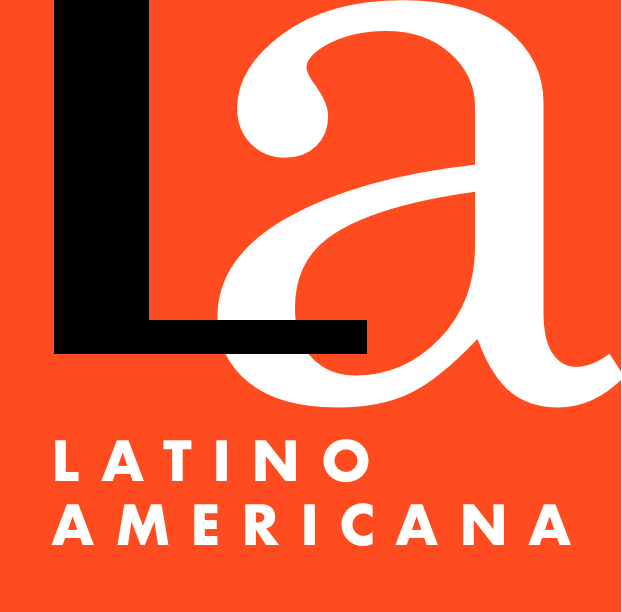Performance of People with Extra Time for Solving a Standardized Test
DOI:
https://doi.org/10.4067/S0718-73782016000100011Keywords:
Accommodations, Disebility, Measurement, AssessmentAbstract
Analysis of the performance of a group of people who took a standardized test, with a uniform time limit, compared to the performance of different subgroups of people who had the possibility of using additional time as an accommodation is presented. Population that applied the Scholastic Aptitude Test (Prueba de Aptitud Académica) at the University of Costa Rica in 2011 was used as a sample. Comparisons of mean scores on the Scholastic Aptitude Test were performed by groups and defined subgroups. It was found that all the subgroups who did not use the additional time showed significant differences in comparison to the regular population, while three of the four comparisons of subgroups that did use the additional time showed or not significant differences or small effect sizes. Only the subgroup called "learning" showed a large effect size.
Published
How to Cite
Issue
Section
License
Copyright (c) 2016 Revista Latinoamericana de Educación Inclusiva

This work is licensed under a Creative Commons Attribution 4.0 International License.
Creative Commons Attribution (by)
This licence permits the exploitation of the work, as well as the creation of derivative works, the distribution of which is also permitted on condition that express reference is made to the author, i.e. that his/her name appears in any use or act of exploitation of the work.













